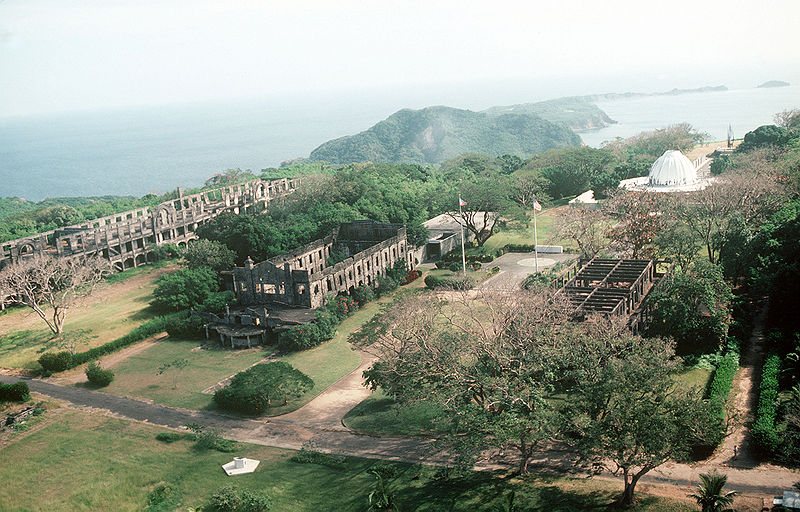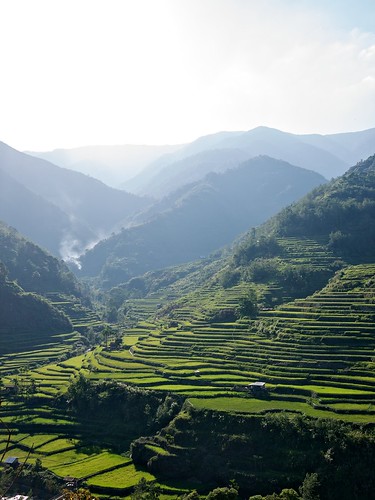When planning for a trip to Southeast
Asia, never miss the Philippines. The archipelago, consisting of
7,107 tropical islands, offer tourists with best holiday
destinations. Many beaches in the Philippine are among the most
fantastic in the world. Great scenic spots await and wow travelers.
Different regions of the country give unique island experience. In this three part feature, we'll bring some of the highlights from historical landmarks, the best beaches in the Philippines to the best beaches.
Majority of the Filipinos understand
and speak English well—a plus factor as this makes easy for
tourists to communicate with the people.
What turns off travelers to include the Philippines in their itinerary is the news about terrorism on TV and
on print media. Moreover, the US Department of State Bureau of
Consular Affairs issued a travel warning as of June 2011 and included
the Philippines in the list of countries that Americans should avoid.
The Australian Government, on the other hand, warned to exercise a
high degree of caution when traveling to the country.
The warnings, however, doesn’t cower
many adventurous backpackers or vacationers who wish to experience
the beauty of the islands. Besides, not the entire nation experience
threat of terrorism activities. Unless you will be going to Zamboanga
or Sulu—both Muslim regions, located south of the country— where
it is highly suggested that you go with military escorts, the country
is still a safe place to live. Expats are living comfortably and
foreign visitors are freely traveling anywhere in the country.
Makati, Ortigas, Angeles, and Boracay—these are just few of the
areas that are havens or second homes to many tourists and expats.
Historical landmarks
 |
Experience the rich and colorful
history of the Philippines in the old city of Manila called
Intramuros. It is surrounded by massive stone walls, gates,
and fortification built during the 300 Spanish rule. Within the walls
are the remnants of the old Spanish buildings like palaces, convents,
monasteries, shrines, schools, and houses. Some of the establishments
were turn into museums or offices. Walking is the popular way of
getting around the old city, but a ride on a calesa or horse-drawn
carriage is a more relaxing way to go from one place to another.
History enthusiasts would definitely
love the small tadpole-shaped rocky island called Corregidor,
also known as “The Rock”. It plays a significant role during the
WWII as it was an island fortress of the Filipino and American forces
against the Japanese invaders. Located near Manila Bay, ferry boats
bring tourists to the island to see the remains of the battleground.
 |
Corregidor Island |
Seven to ten-hour drive from Manila is
an old charming city of Vigan. Listed as a UNESCO World
Heritage Site, this enchanting town is known for the fusion of the
Oriental and Spanish architecture.
 |
| Vigan's Streets |
The Banaue Rice Terraces in the
northern region of the country, built 2000 years ago by the
indigenous people, is an awesome landscape that captures the
admiration of many tourists. This UNESCO World Heritage Site displays
the ingenuity of the Filipino ancestors who elaborately developed
this farming system.
 |
| Banau Terraces |
Of course, there is much more to the Philippines than historical landmarks. Later this week, we'll continue looking at fun in the Philippines with the next installment!
* * *
This article is the first part of a two-part feature brought to you by Caryl Joan Estrosas, a freelance travel and food writer.










0 comments:
Post a Comment